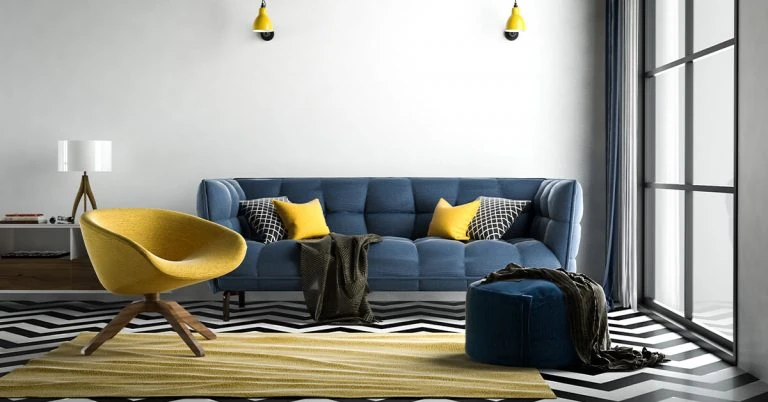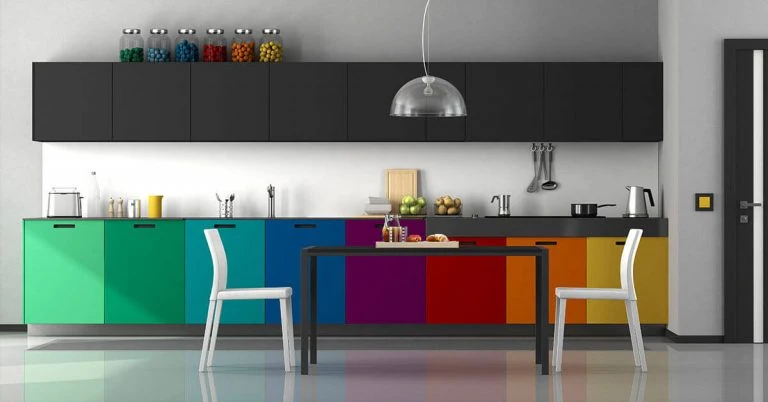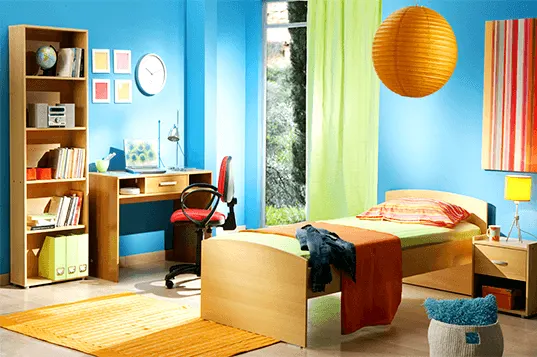Home Decorating Tips


Choosing paint colors for your next project is more than just choosing a color you like. There are lots of things to consider, from paint type, to finish, and even the best primer for your surface. Aside from those, you also need to keep in mind how a room’s natural and artificial light can affect the colors you’ve selected after application.
A rushed paint project rarely yields good results, so don’t do all that painting only to find that the colors you selected aren’t the same as the paint samples you based your decisions from. Let’s take a look at how lighting can affect color, plus tips on how to make successful color choices overall.
How lighting affects color choices
Have you experienced putting on socks thinking they were both black, only to find that in a different light, the other one was dark blue all along? This is because of an effect called metamerism. This is when two colors that are not actually the same (they reflect different wavelengths of light) appear the same under certain lighting conditions. In this case, the socks and the source of illumination can affect your perception of color.
If you’ve already done a paint project before and your paint results don’t look much like the samples you used to make your paint choices, or if the walls look different depending on the time of day, this is metamerism at work.
With that, here’s how to figure out how lighting will affect your paint color choices before you choose your paint color:
Natural light
As the amount and angle of the sun changes, so will your room colors. That’s why natural light should always be considered when choosing a color for your space.
- North-facing rooms: Light in these rooms is cool and bluish. Bolder colors show up better than muted colors; lighter colors will look subdued.
- South-facing rooms: Lots of high-in-the-sky light brings out the best in cool and warm colors. Dark colors will look brighter; lighter colors will glow.
- East-facing rooms: East light is yellowy and warm before noon, then turns bluer later in the day. Reds, oranges, and yellows work well in these spaces.
- West-facing rooms: Evening light in these rooms is warm, while scant morning light can produce shadows and make colors look dull.
Artificial light
The kind of bulbs you use can also change how colors look in a room.
- Fluorescents: This cool and flat light enriches blues and greens.
- Incandescents: The yellow-amber light of these bulbs will make reds, oranges, and yellows more vivid; blues and greens will make look muted.
- Halogens: These white lights resemble natural light and can make all colors look more vivid.
- Compact fluorescent lights (CFLs): These can produce either a warm white, neutral, or bluish-white light.
Island Prima for Your Interior and Exterior Surfaces
Every stroke of Island Prima is formulated with high gloss, superior gloss retention, and good alkaline resistance. Available in a variety of finishes, as well as colors, Island Prima is a durable topcoat, ideal for surfaces inside or outside your home.
Our Products
Our line of high quality paints and products will give your home or project the vibrancy it needs.
Explore Colors
Ready to explore colorful possibiliies today? View our popular paint colo combination palettes for great color schemes and room design ideas for interior and exteriors.



